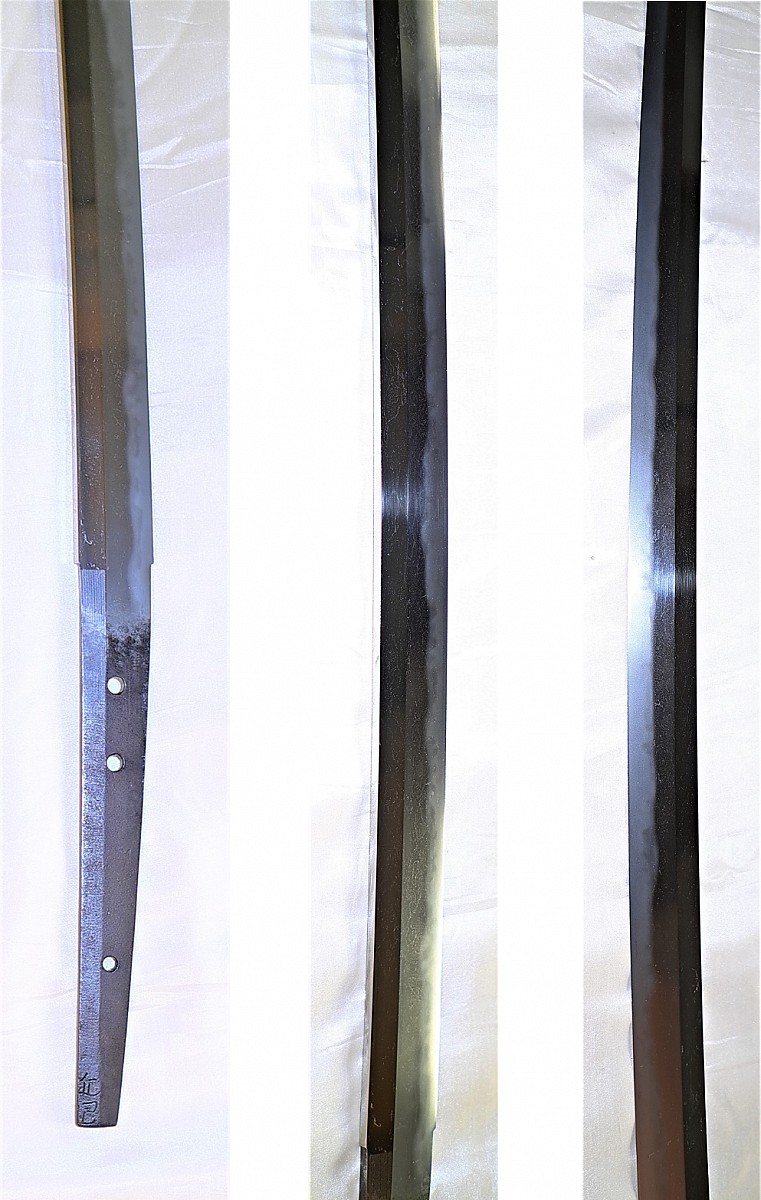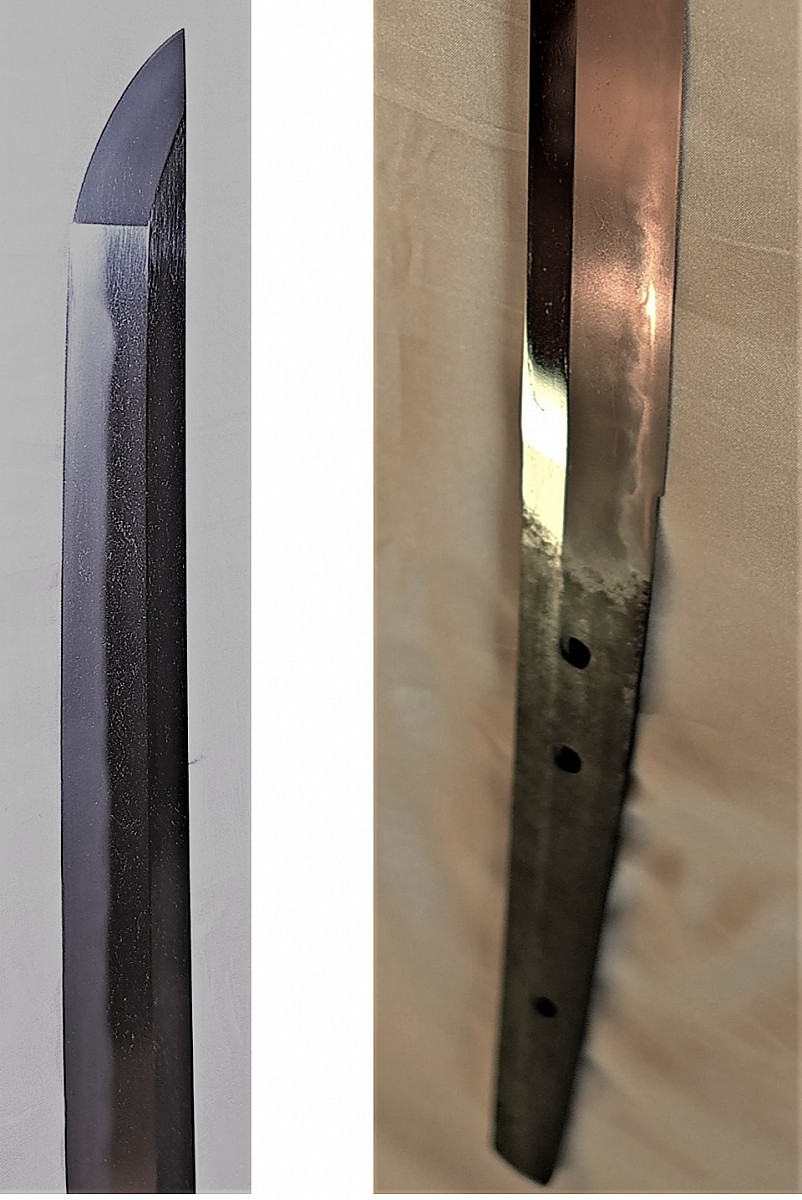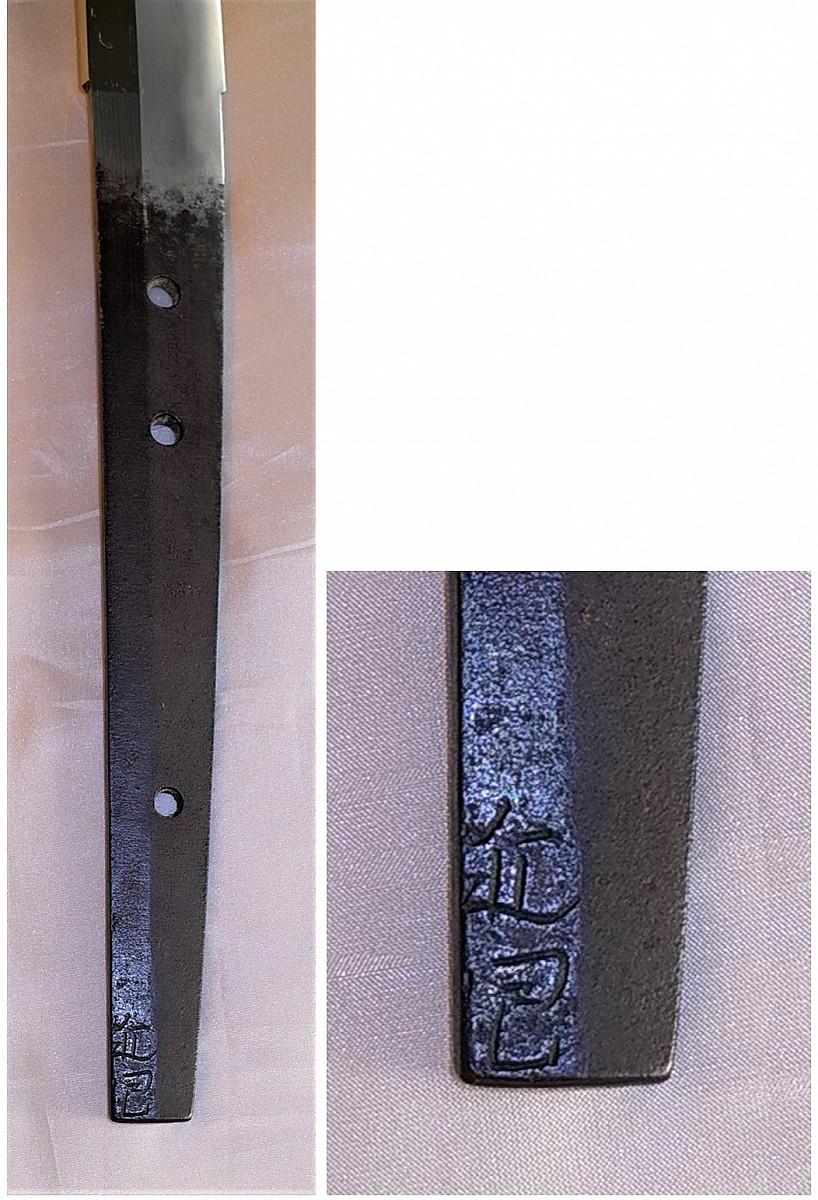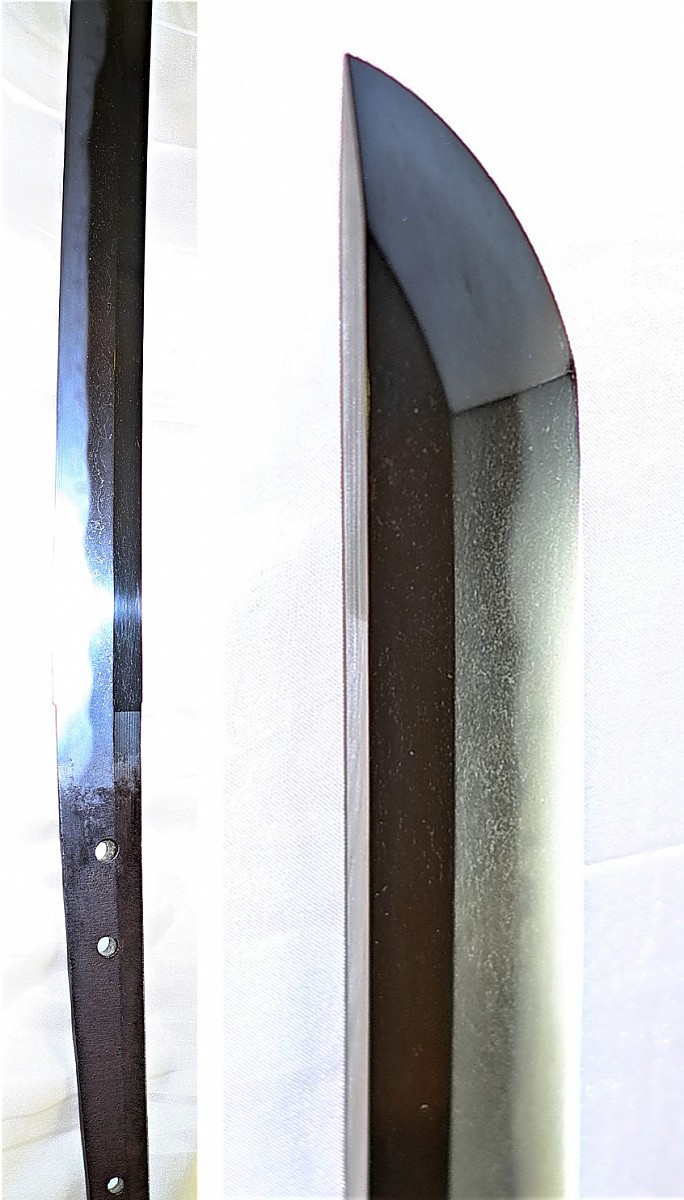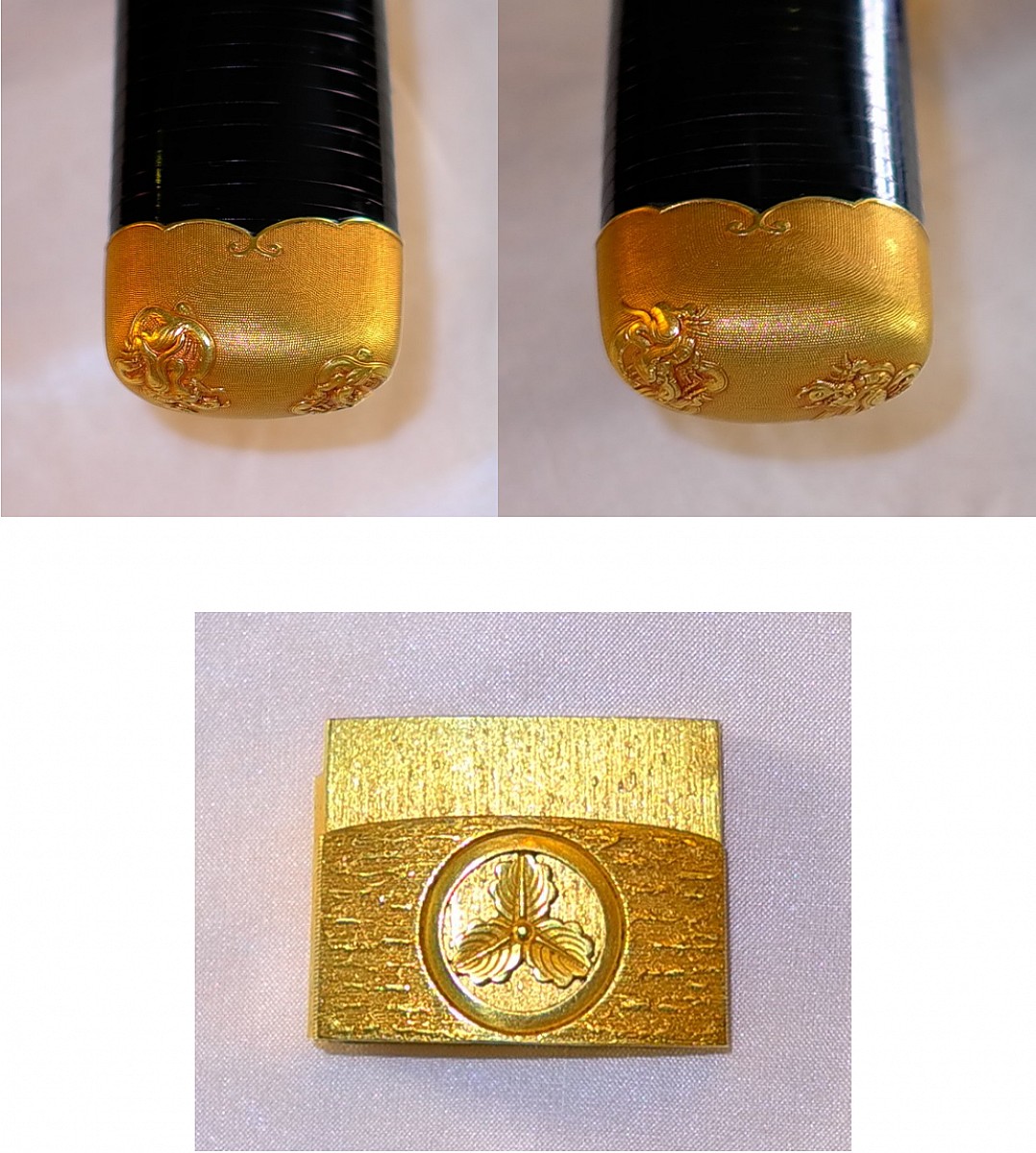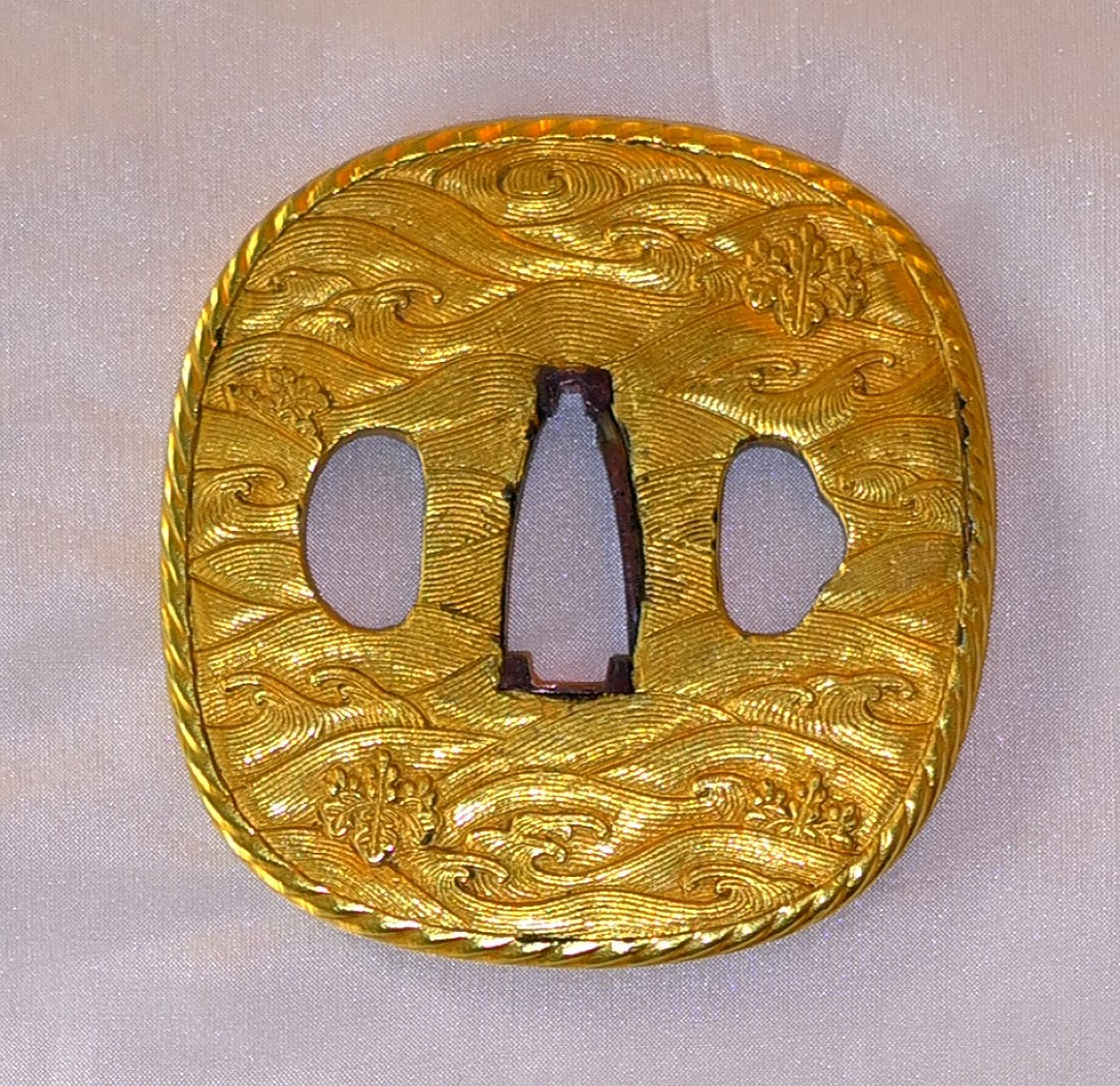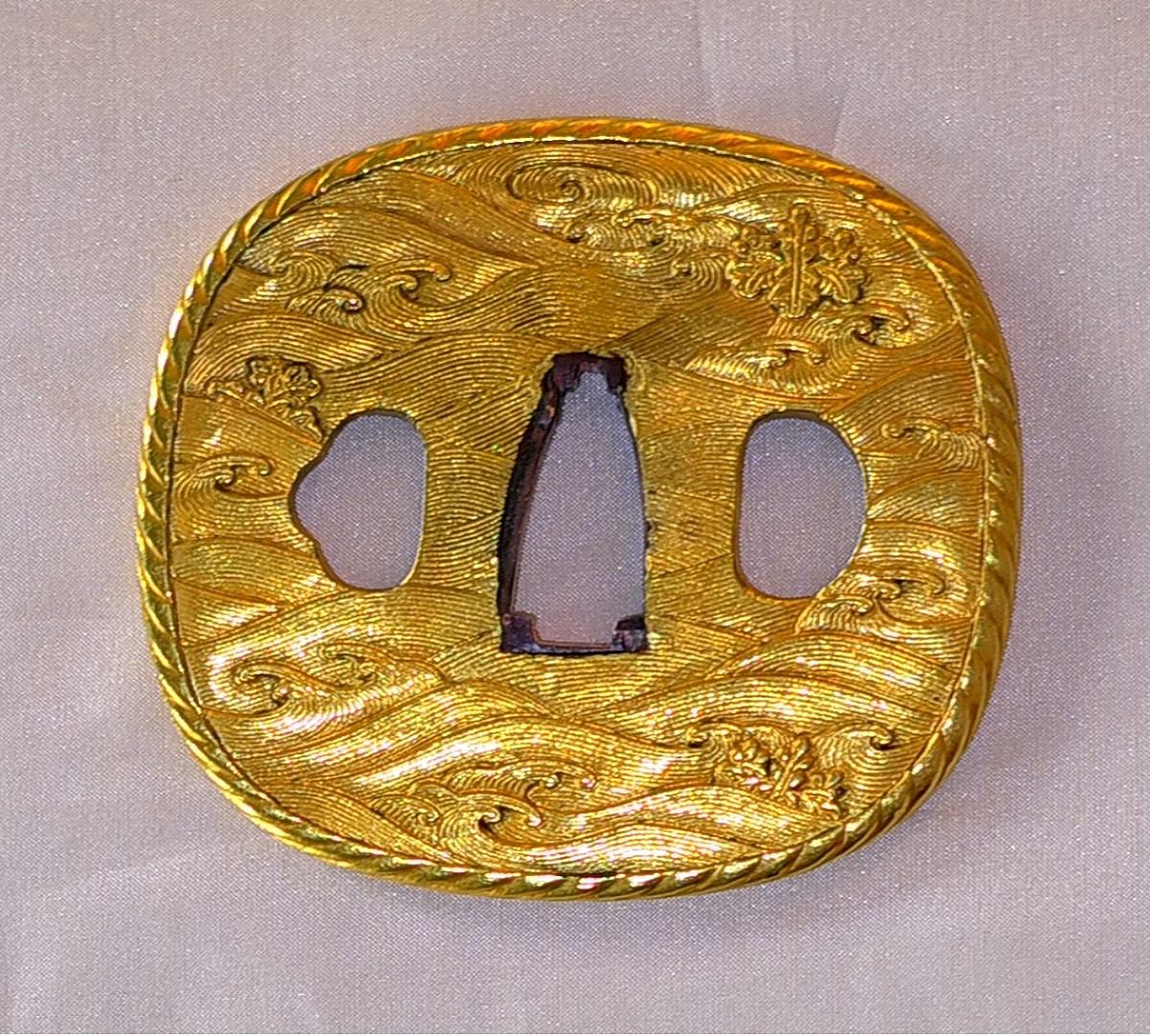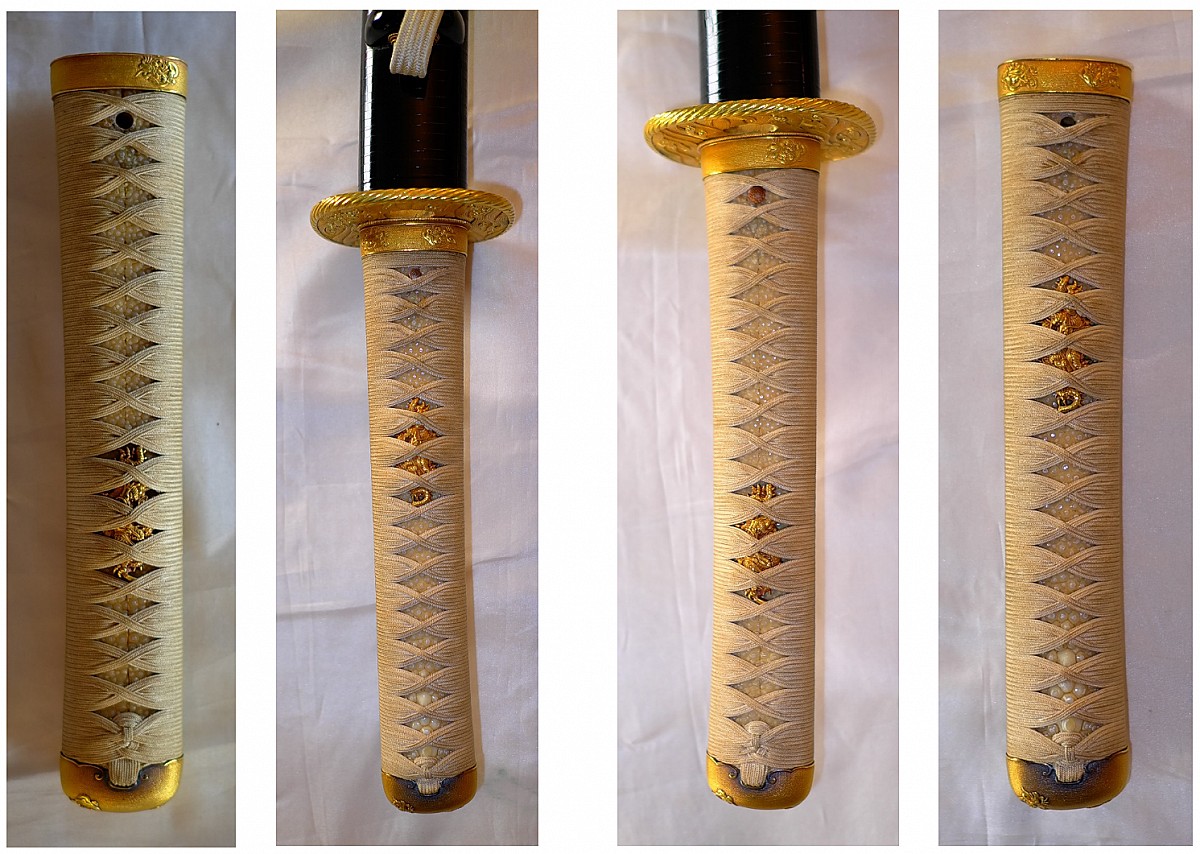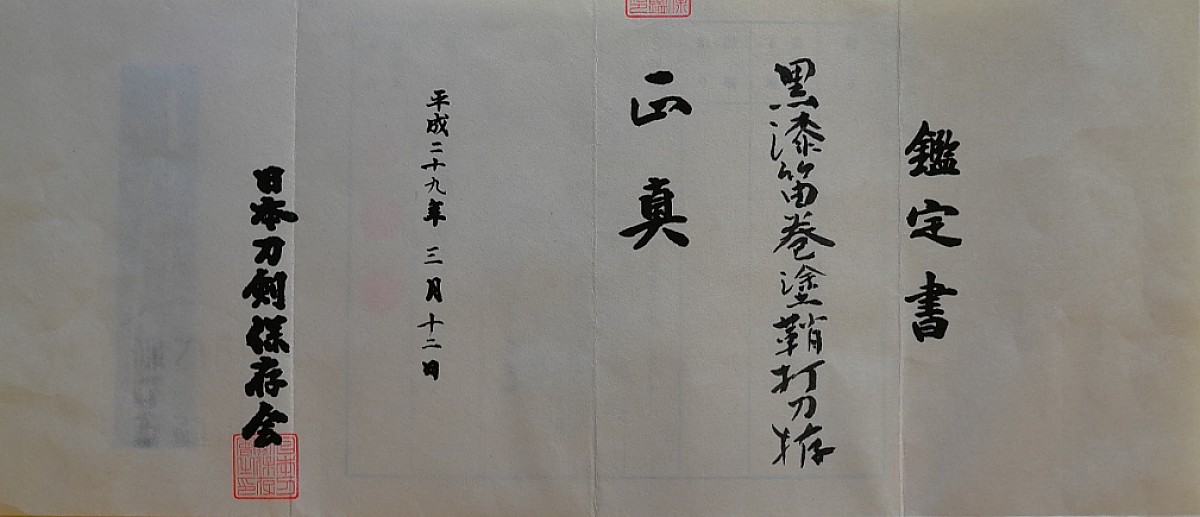According to the Meikan sword book, there are six Ko-Bizen Chikakane (古備前近包) swordsmiths with the following activity period dates:
- Chōryaku (長暦, 1037-1040);
- Hōan (保安, 1120-1124);
- Genryaku (元暦, 1184-1185);
- Hōji (宝治, 1247-1249);
- Bun ́ō (文応, 1260-1261) and
- Shōō (正応, 1288-1293).
There is the following information about Chikakane in the Index of Japanese Swordsmiths by Markus Sesko, 2012:
Chikakane (近包), Kenryaku (建暦, 1211-1213), Bizen – Chikakane (近包); Ko-Bizen school; the son of Chikanori (近則); slender and elegant or normal tachi-sugata with strong koshizori and funbari, the sori decreases towards the tip, itame with ji-nie and utsuri, the hamon starts at the base as ko-midare and changes in its course to a suguha-chō mixed with some notare, ko-gunome and ashi, there are nie present, sugu-bōshi with yakitsume or a very little kaeri; the signature is chiselled in small letters on the shinogi-ji of the tang above the mekugi-ana; according to transmission he made many blades during the reign of Emperor Go-Suzaku (後朱雀天皇, 1009-1045) but this is clearly too early, jōjō-saku.
Chikakane (近包), Bun ́ō (文応, 1260-1261), Bizen – „Chikakane“ (近包), Ko-Bizen school.
When analyzing this information, one should clearly understand that this information is exclusively from records that can only be found in the old Meikan books. The fact is that very few swords that could be attributed to Chikakane have survived to our time. As of today, only two swords are known (Jūyō and above) to be Chikakane’s work. Of all his works known to us, one sword (the signed tachi) have Tokubetsu Jūyō status and one sword (the signed tachi) have Jūyō Bunkazai status.
Figure 1. Tokubetsu Jūyō #14 tachi.
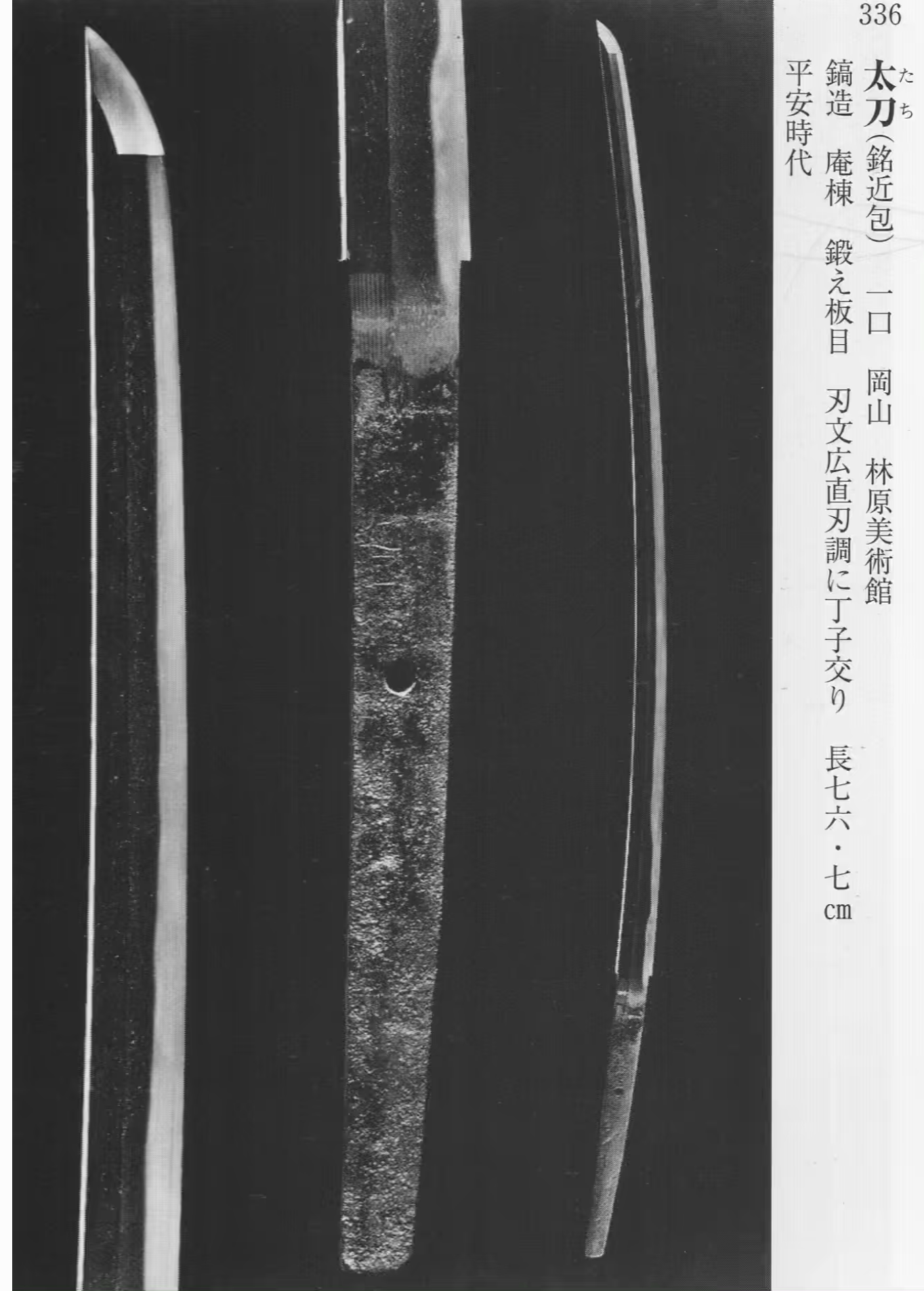
Figure 2. Jūyō Bunkazai tachi from the collection of Kaga Maeda clan; this sword is on exhibit in the Hayashibara Museum of Art (林原美術館) now.
Of course, this is a very small massif of figures for analysis and final conclusions. There is no complete clarity which of the Chikakane masters indicated in the Meikan books made these tachi. NBTHK experts attribute these two swords to the end of Heian period and the beginning of Kamakura period, noting that the surviving works contain a chōji-based hamon, which is characteristic, by the way, of the entire Ko-Bizen group as a whole.
Fujishiro in his book the Nihon Tōkō Jiten indicates that chōji hamon was not an exclusive feature of the Ichimonji swordsmiths and many masters of Ko-Bizen and Osafune actively used it in their works and what is more, this type of hamon can be found in all works of the Bizen masters during Kōan (弘安, 1278-1288) and Shōō (正応, 1288-1293) eras. Fujishiro says that Chikakane origin is from the Chikafusa line and he was the son of Chikanori (近則). Chakakane was active around Shōō (正応, 1288-1293) era but but when viewed from the point of eras, he was extant about the time of Nagamitsu, i.e. until to the Gen ́ō (元応, 1319-1321) era.
The same point of view one can found in the Kotō Meizukushi Taizen:
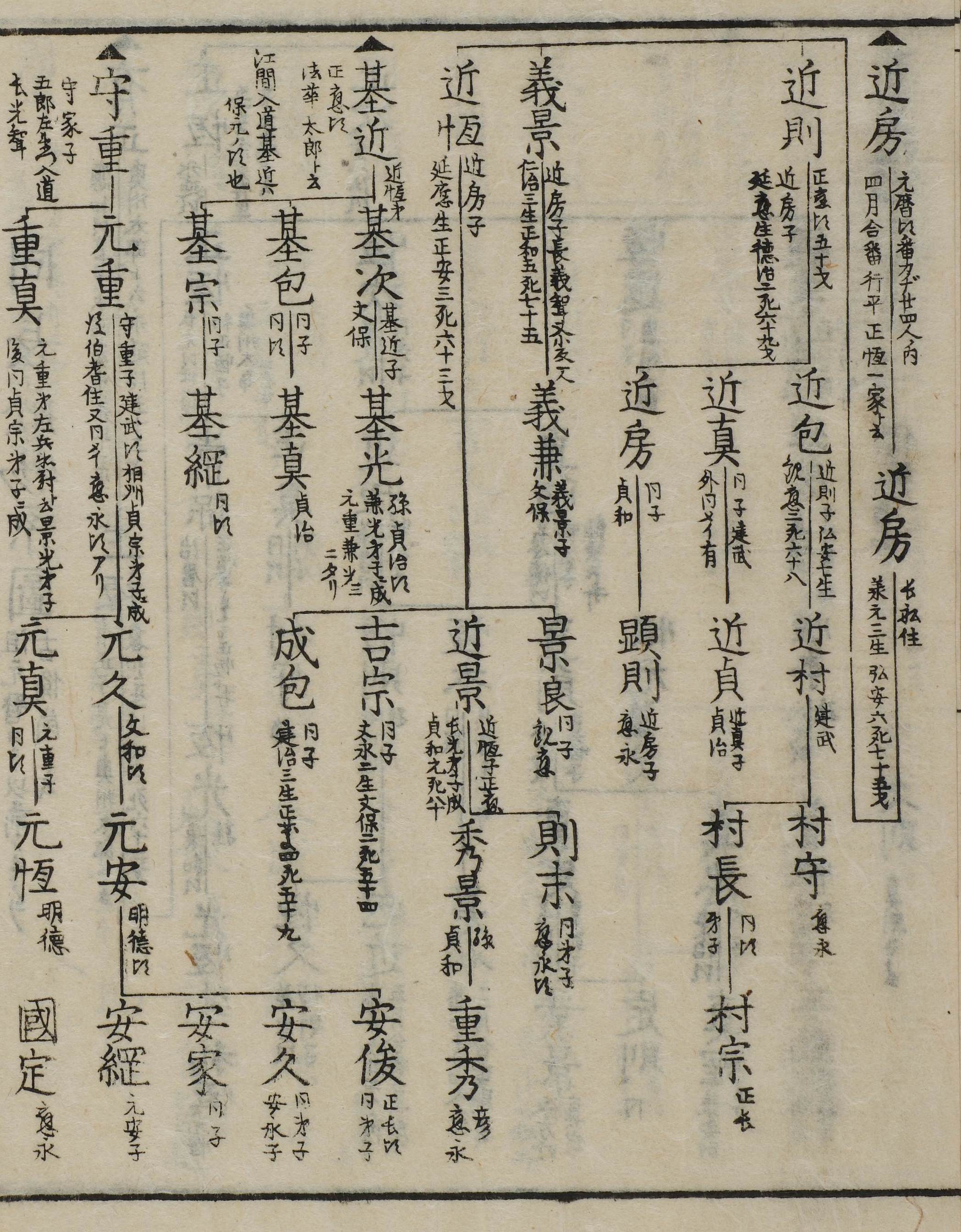
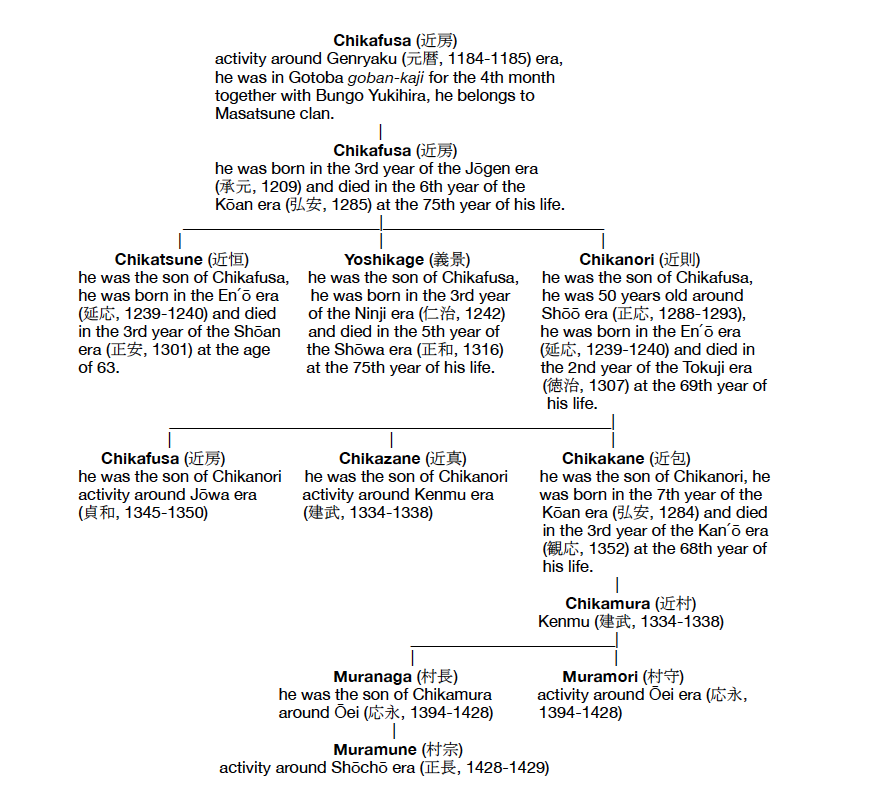
Figure 3. Kotō Meizukushi Taizen, Volume 3, p. 11/1.
Thus, in relation to the attribution of works to the work of Chikakane, very great difficulties arise. For example, Jūyō Bunkazai tachi's hamon has absolutely no nie, but has a sophisticated nioiguchi line. Also the mei is located very close to the mune edge side and it is a well made small-characters signature. From these details, it is reasonable to think that this tachi was made between Hōji (宝治, 1247-1249) and Bun ́ō (文応, 1260-1261) eras and concern to so-called sue Ko-Bizen work, i.e. late Ko-Bizen. From the hamon style and tight nioiguchi, this work is very close to example of the style used by Osafune Sanenaga (長船真長) in his swords.
In these two swords, both similarities and significant differences can be noted: Jūyō Bunkazai tachi's jihada is ko-itame mixed with itame and mokume, there are ji-nie, fine chikei, and utsuri. Tokubetsu Jūyō tachi’s jihda is overall standing-out itame mixed with mokume, there are ji-nie, chikei and midare-utsuri. Jūyō Bunkazai tachi hamon is a wide suguha, mixed with ko-gunome with vertical undulations. There is a dense nioiguchi. There are ashi and yō, mainly at the bottom half of the blade, and the entire hamon is nioi-deki. Tokubetsu Jūyō tachi hamon is chōji-midare in ko-nie-deki that is mixed with ko-midare. There are many ashi and yō, fine sunagashi and kinsuji.
The signatures on the two swords are extremely similar, although they have some minor differences.
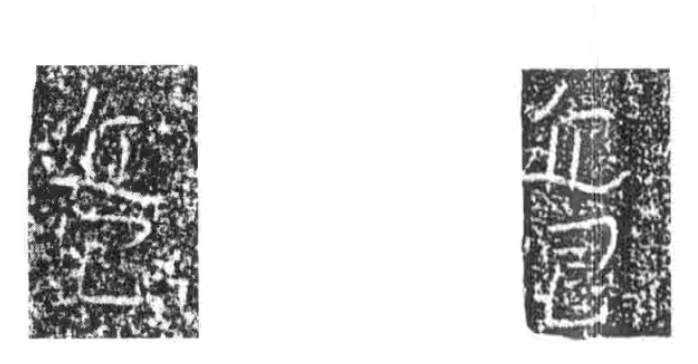
Figure 4. Signatures: Jūyō Bunkazai tachi (left), Tokubetsu Jūyō tachi (right).
Tokubetsu-Jūyō-tōken zufu translation:
Designated as Tokubetsu-Jūyō-tōken at the 14th tokubetsu-jūyō-shinsa held on the 29th May, 1996.
Tachi: mei: Chikakane (近包).
Owner: Tsujita Yoshitaka (辻田吉堯).
Measurements: nagasa – 68.70 cm; sori – 1.40 cm; motohaba – 2.80 cm; sakihaba – 2.10 cm;
nakago sori – very little; nakago nagasa – 20.40 cm; kissaki nagasa – 3.30 cm.
Sugata: the blade is in shinogi-zukuri, iori-mune and has rather wide mihaba, no noticeable taper, high shinogi, rather shallow sori, chū-kissaki.
Kitae: the overal standing-out itame that is mixed with mokume, in addition ji-nie, chikei and faint midare-utsuri.
Hamon: the chōji-midare hamon in ko-nie-deki that is mixed with ko-midare, many ashi and yō, fine sunagashi and kinsuji.
Bōshi: the hamon continues a little after the yoke and turns then into a notare with a ko-maru-kaeri and some few hakikake.
Nakago: ō-suriage, kuri-jiri, katte-sagari yasurime, three mekugi-ana, the haki-omote side bears a niji-mei at the nakago-jiri and towards the nakago-mune.
Smith: Chikakage of the Ko-Bizen School.
Period: Late Heian to early Kamakura period (1184).
Explanation: Chikakane was a Ko-Bizen smith who is traditionally dated to the end of the Heian period. There are only very few his works extant. We know a slender tachi with a suguha-chō and somewhat wider blades with a chōji-bassed hamon but the signature is in all cases small dimensioned and chiseled closer towards the nakago-mune.
This blade has the rather wide mihaba a powerful shape and shows a jigane in itame with a midare-utsuri. The hamon bases on chōji and mixed with plenty of ashi, yō, and other hataraki what makes this blade not only one of the most flamboyant works of Chikakane but of the Ko- Bizen group in general. Both ji and ha are in perfect health (kenzen) and thus we have a masterwork of Chikakane.
Sayagaki translation:
Designated as Tokubetsu-Jūyō from the 14th Tokubetsu-Jūyō shinsa. Bizen no kuni Chikakane. The blade is suriage, but bears a niji-mei. The meikan lists several Ko-Bizen Chikakane but not many works are extant by either of them. As ji-ha of this sword is outstandingly healthy and well preserved and with the flamboyant, chōji-based yakiba, the prominent utsuri, and the overall rather novel and sophisticated deki, everything points towards that we have already entered the Kamakura period with this work, which is of a truly fascinating beauty. Very rare, very precious. Nagasa - 68.70 cm. On a lucky day in April of the year of the Dog of this era (2006). Examined and written by Tanzan Hendo (pseudonym of Tanobe Michihiro).
This sword was designated as Jūyō-tōken at the 10th jūyō-shinsa in March 1963.
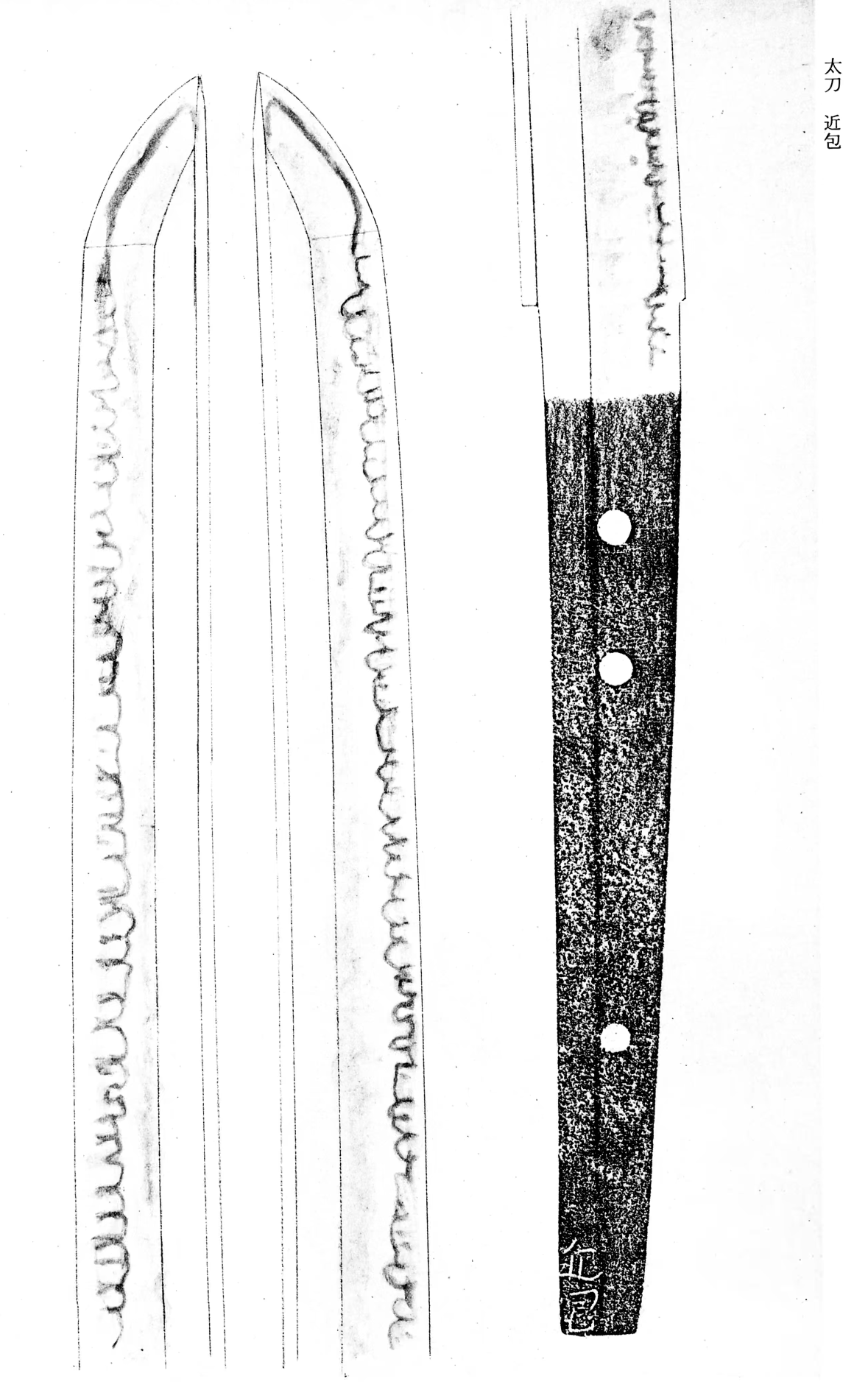
This blade is in excellent condition without flaws and that is extremely rare as there is only two signed swords left. The other signed Chikakane is in Japan and is classified as Jūyō Bukazai (Important Cultural Property) and was formerly stored by Maeda Marquis family.
This sword is also very famous as having been exposed in various Museum’s and published in many reference books some of them are :
- Yūmei Kotō Taikan (有名古刀大鑑) by Iimura Kashō, 1982, page 360
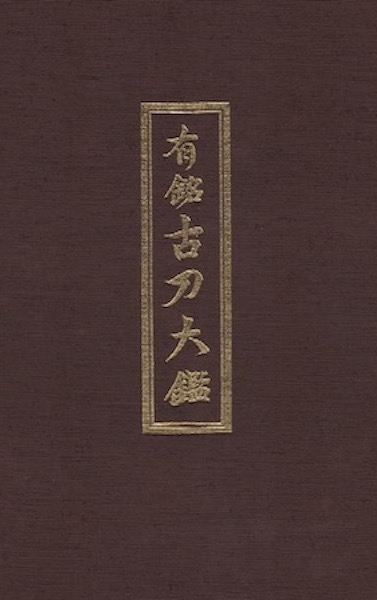
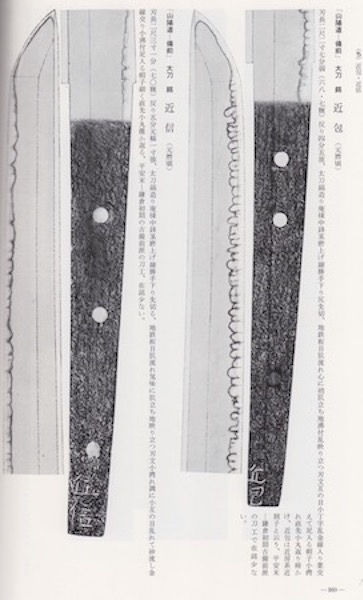
- Nihontō Bizen den Taikan (日本刀備前伝大鑑) by Yuzuru Okazaki 1975, page 71
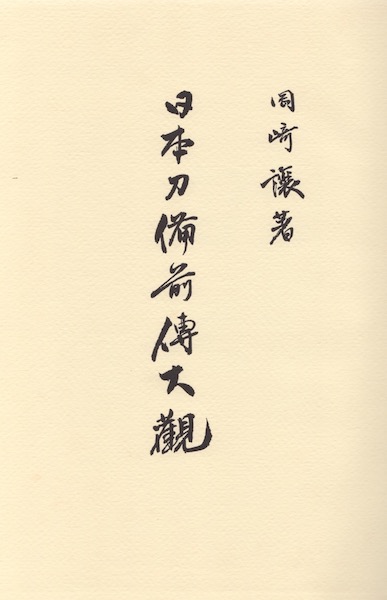
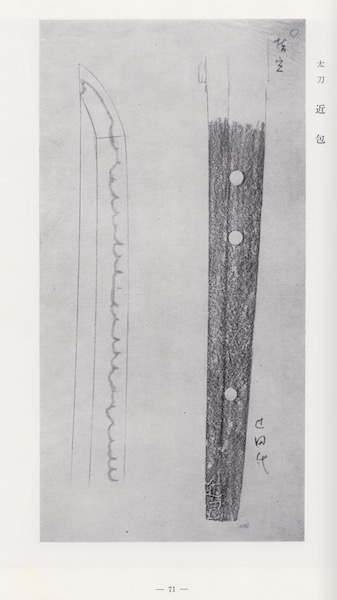
- Nihontō Zuikan (日本刀随感), by Kataoka Ginsaku, «Kotō hen» 1982, page 538
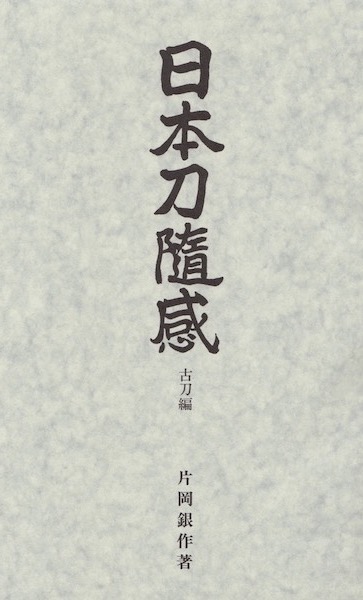
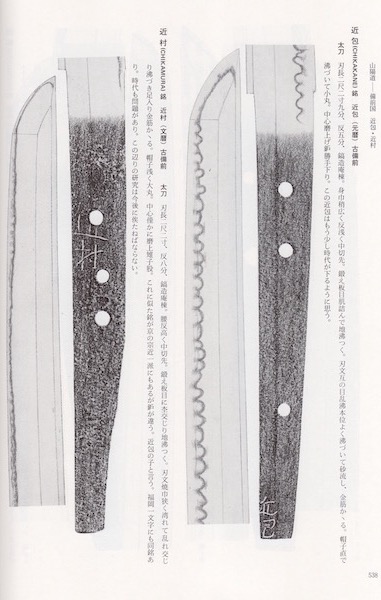
- Zuikan Tōmei Sōran, (図版刀銘総覧) by Iida Kazuo, 1984, page 237

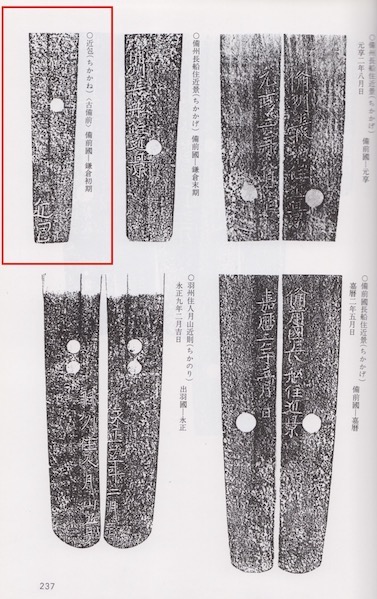
The habaki made for this sword is in two parts. The outer part of the habaki is made with the image of kiri mon Mitsukashiwa (三つ柏). Mitsukashiwa is a type of Japanese family crest "Kashiwa crest," and is a family crest that depicts three Kashiwa leaves. It is counted as one of the ten great family crests. The Kasai clan was one of the most famous clans that had the right to use this mon. Kasai clan was established in the 12th century. In the 17th century, the family were given a monopoly for cleaning the sewer pits of Edo Castle.
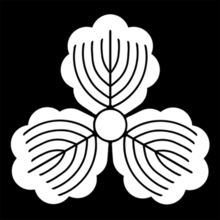
The Kasai clan (葛西氏) was a not great Japanese clan that ruled small southern part of the Mutsu province (陸奥国) during the Sengoku period. The Kasai clan enjoyed great power locally and clashed several times with the Hatakeyama clan in the Kurihara area. They later allied with the Date clan but due to various internal conflicts (such as the Tenbun conflict of 1547) they were subsequently invaded by their former allies and later defeated in Tasuku. After this defeat, a number of minions stopped supporting the clan and the family's influence waned once the Date clan finally took control upon. They were expropriated of their possessions in 1590 by Toyotomi Hideyoshi as a fine for their late arrival during the siege of Odawara Castle.
In 1591 Kasai servants and farmers rebelled against Kimura Hidetoshi and her son Shigemasa (to whom Toyotomi Hideyoshi had entrusted the Kasai lands) and were ultimately defeated by Date Masamune.
The most famous clan members during the Sengoku period:
Kasai Harutane (葛西晴胤, 1497-1555) - 15th clan chief.
Kasai Chikanobu (葛西親信, 1513-1560) - 16th head of the clan, heir to Harutane and lord of Teraike Castle; he died of disease after being head of the clan for 5 years.
Kasai Harunobu (葛西俊信, 1534-1597) - 17th clan chief and son of Harutane. He fought together with the Date clan against the Ōsaki family. They fief was subsequently expropriated of their possessions for failing to respond to Toyotomi Hideyoshi in time in the siege of Odawara.
Kasai Toshinobu (葛西俊信, 1579-1635) - the servant of the Date clan and grandson of Harunobu.
Koshirae
Figure 5. Solid gold tsuba (22 ct, 42.76 grams).
Uchigatana-koshirae with black and flute-style lacquer saya.
Mounting :
- Fuchigashira: depicting an arrangement of dragons all around the circle; unsigned; solid gold; nanako ground;
- Kojiri: depicting an arrangement of dragons all around the circle in solid gold; nanako ground.
- Menuki: depicting two dragons in solid gold.
- Tsuba: depicting waves and paulownia kiri mon; unsigned; mimi in rope style; solid gold.
Momoyama period (桃山時代, 1568-1603)
- Tsuka with white same and white kumiage-style wrapping in jabara-ito.
Measurements: overall length is 103,5cm.
Nihon Token Hozon Kai document 11.6031 dated 12th of March, 2017. N.T.H.K. society. Seals of Judges : 3 seals.
Original content Copyright © 2020 Dmitry Pechalov

